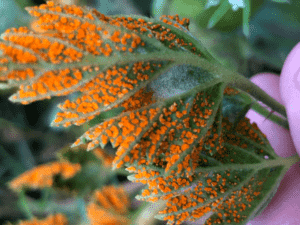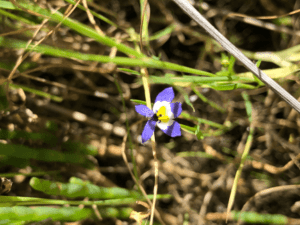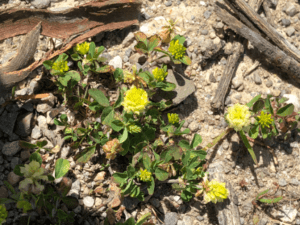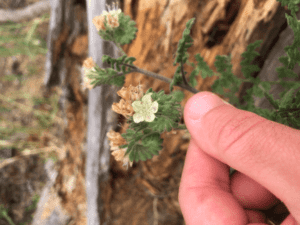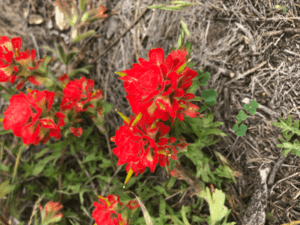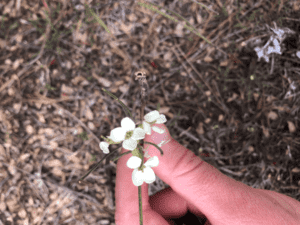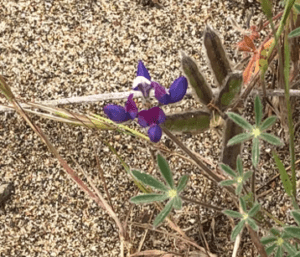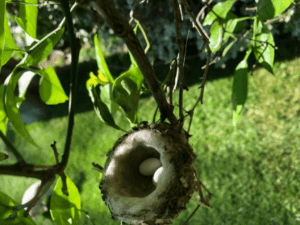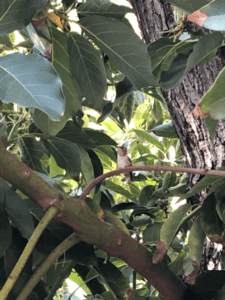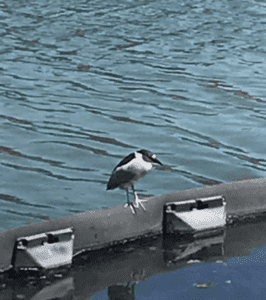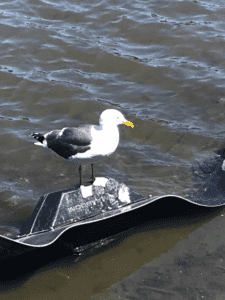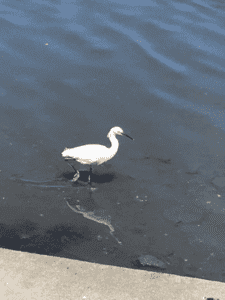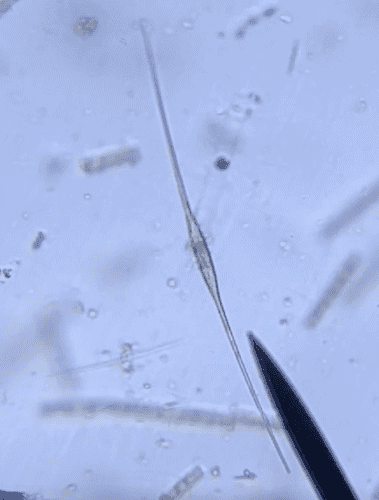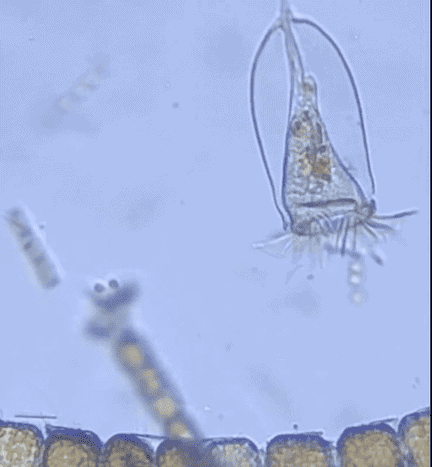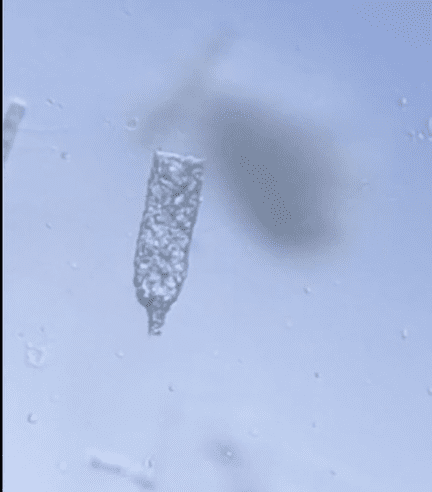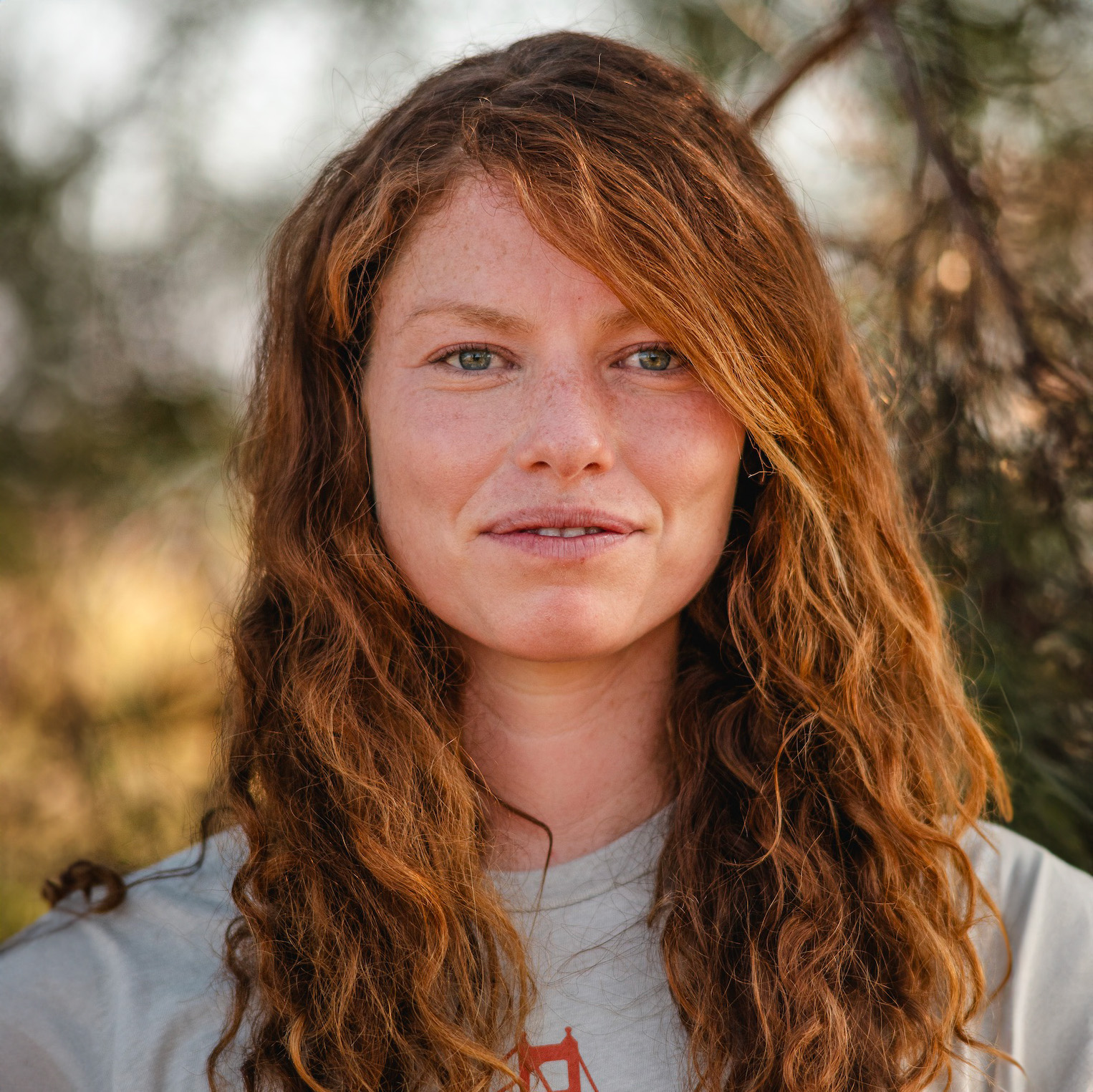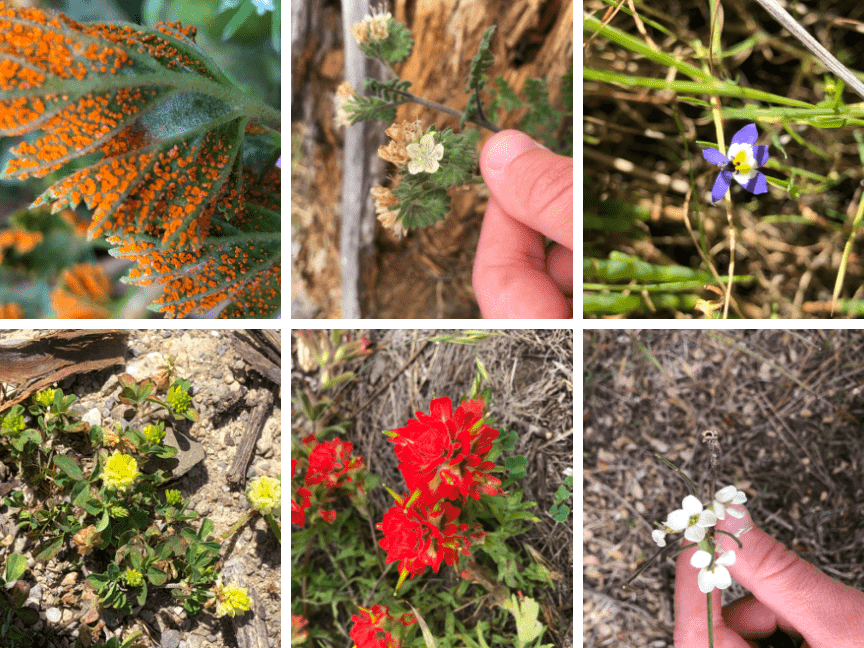
The San Francisco Bay Area is an amazing place. Tourists visit from near and far, it’s a hub for start-ups and the tech industry and its many ports exchange resources around the globe. However, the most fascinating thing about the San Francisco Bay is something it has had long before cities were built around its shores: its biodiversity. The region has supported large populations of native peoples for over 10,000 years.1 These large populations were supported by a diverse and plentiful diet that revolved around the Bay. Even after the Bay suffered from development and pollution, its biodiversity persisted.
Our Habitat Restoration Team works daily to restore wetlands that protect against sea level rise and will sustain biodiversity into the future. This year some Save The Bay staff and friends of the organization participated in the annual City Nature Challenge. The goal of this challenge is to show the world how diverse our region truly is. Upland of the Bay you can find yourself in bushy chaparral, foggy redwood gulches, and oak woodlands. The flora and fauna vary widely here but during spring wildflowers dominate the landscape. Here are some found during this year’s City Nature Challenge. Photos courtesy of Charlie Onorati (iNaturalist profile: char_char)
A Freeway for Feathered Friends
The Bay is a major stop for migratory birds going back and forth between Mexico and Alaska. This path is called The Great Pacific Flyway; think of it as a highway for birds. That makes our Bay a cozy roadside café where birds can stop, rest, and eat! We also love our year-round residents; check out these avian occupants. Photos courtesy of Kenneth Rangel (iNaturalist profile: thesunisbig)
Microscopic Biodiversity
Finally, what puts the SF Bay biodiversity over the top is not as easy to spot. The secret to the Bay’s abundant biodiversity starts at the microscopic level. To understand the potential for biodiversity, we have to remember a healthy ecosystem is built from the bottom up. Think about the trophic pyramids from middle school science class. Often, biodiversity decreases as you move up each level of the pyramid. Thus, the more diverse the base of your pyramid is, the more diversity you have overall.2 The water that flows into the Bay from 40% of the state brings nutrients that support large populations of microorganisms. 3
Our friend Katie Noonan (iNaturalist profile: ktnoon) from the Rotary Nature Center Friends shared some photos with us! Katie frequently visits Lake Merritt where she has an ongoing study of the microscopic biodiversity in the lake. Historically, Lake Merritt was a tidal marsh open to the ebb and flow of Bay water. The creek that flowed to the Bay was dammed in 1869, creating Lake Merritt.4
Our mission is to celebrate the Bay. We had a great time experiencing its biodiversity this year in the City Nature Challenge. If you participated please send us pictures of your observations! If you missed this year’s challenge we will see you again next spring!
- http://www.muwekma.org/tribalhistory/ethnohistory.htm
- Turney, Shaun & Buddle, Christopher. (2016). Pyramids of species richness: The determinants and distribution of species diversity across trophic levels. Oikos. 125. n/a-n/a. 10.1111/oik.03404.
- https://oceanservice.noaa.gov/education/kits/estuaries/estuaries03_ecosystem.html
- https://lakemerrittinstitute.org/history-2/

